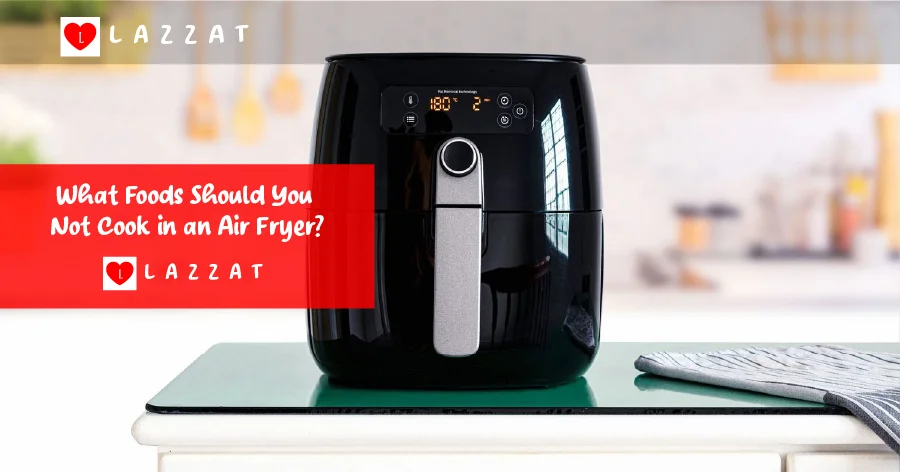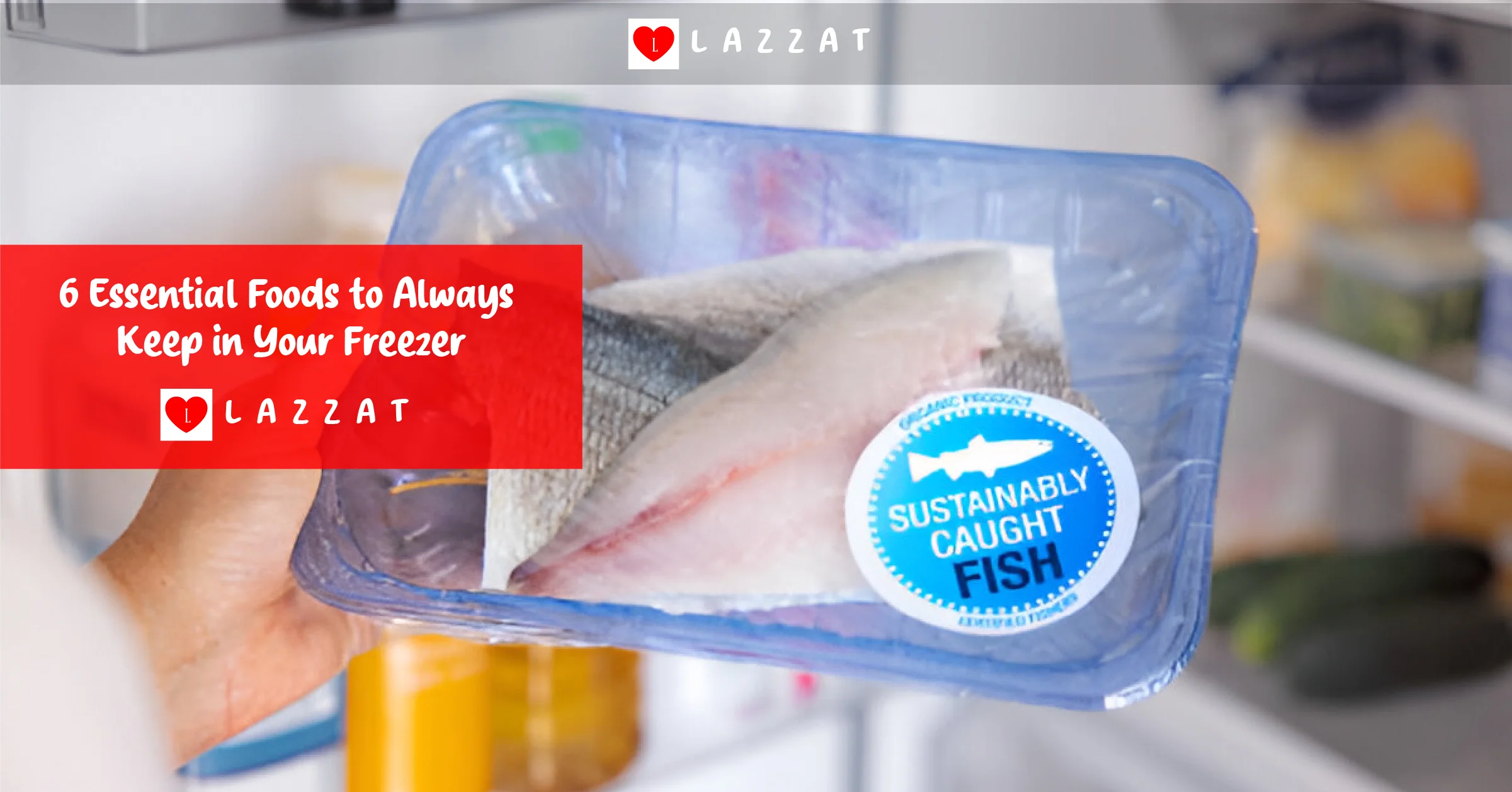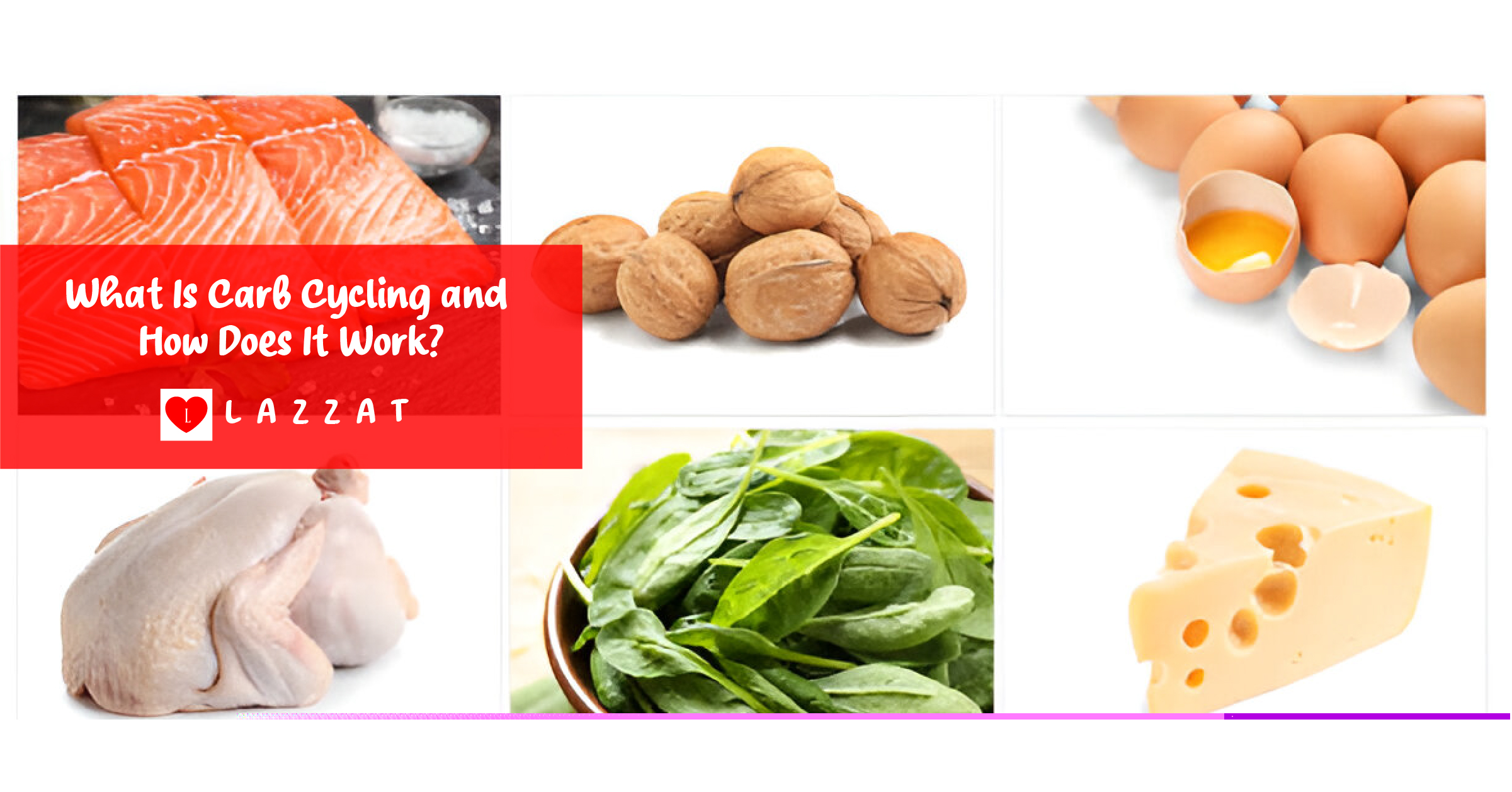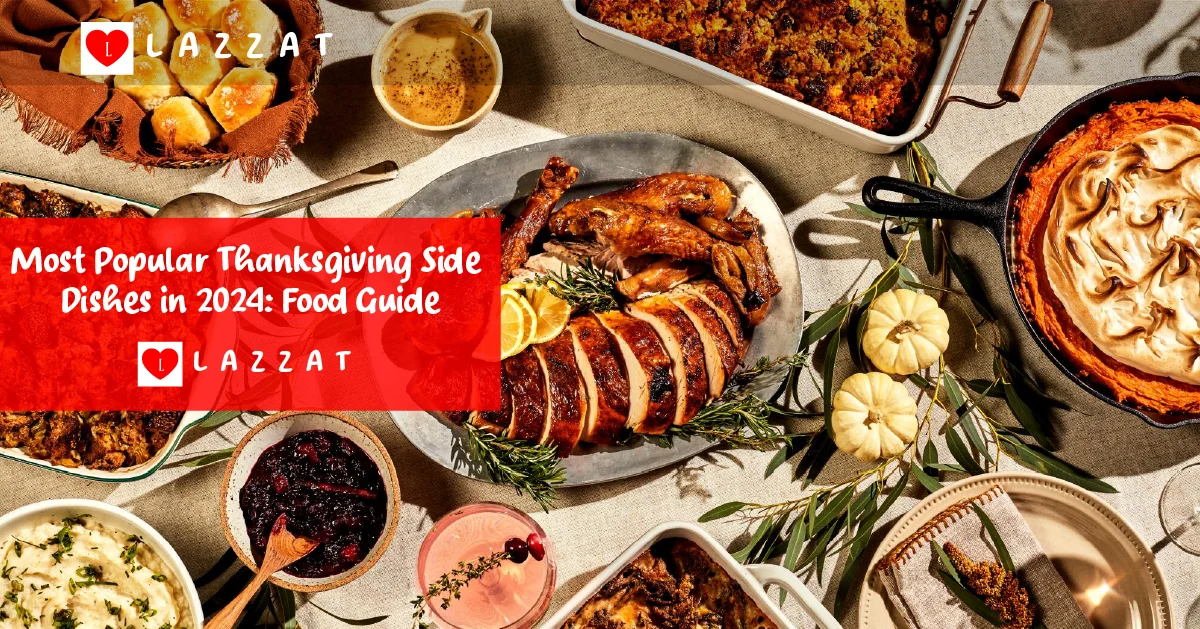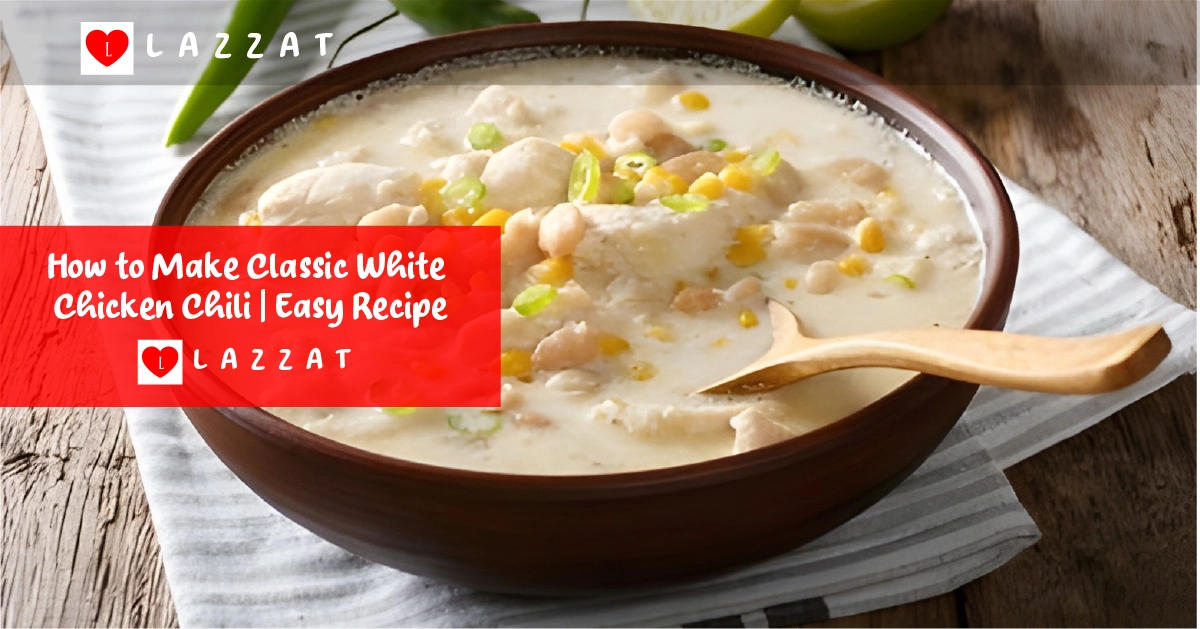Air fryers have changed the way we cook at home. They offer a healthier and easier way to fry food compared to traditional methods. But, not every food is good for the air fryer. In this article, we&#...
Home / Air Fryer
Browsing Tag: Air Fryer
Featured Posts
6 Essential Foods to Always Keep in Your Freezer
Apr 07, 2025What Is Carb Cycling and How Does It Work?
Apr 05, 2025Delicious & Low-Calorie Recipes for Your Diet
Mar 29, 2025Category List
- Latest
- Popular

